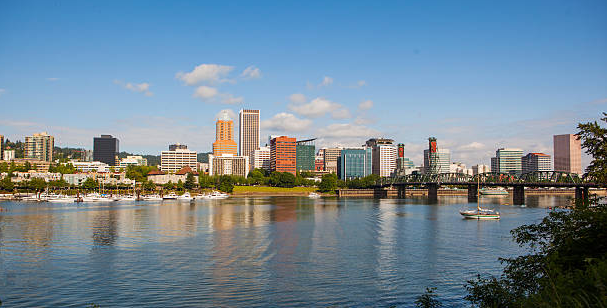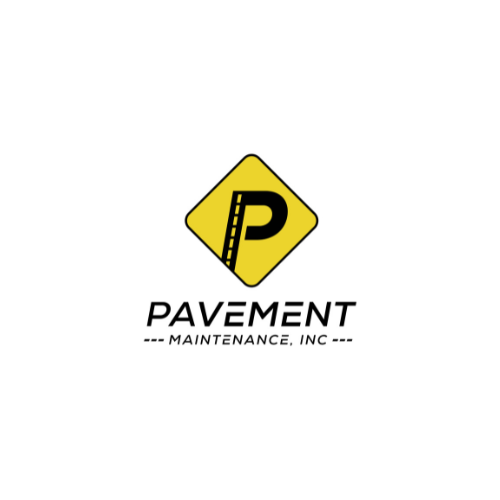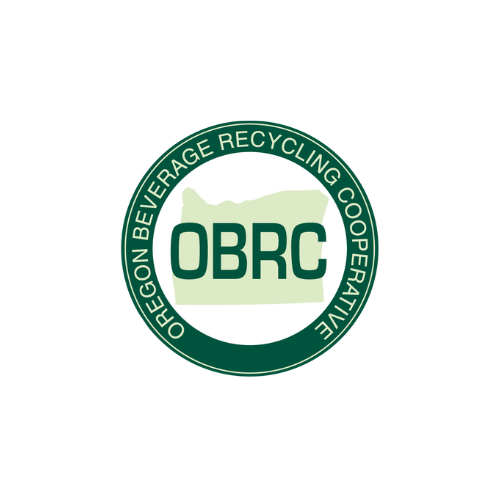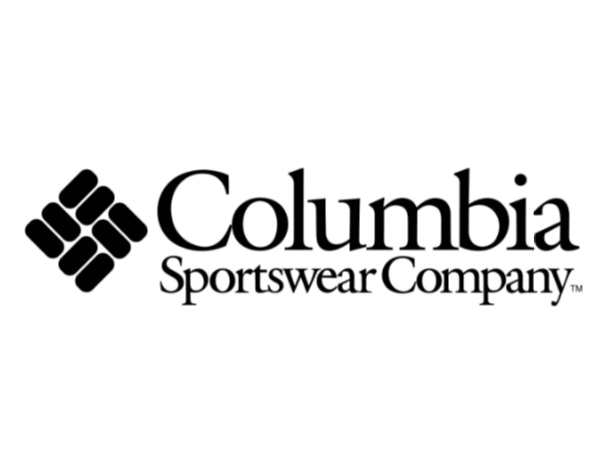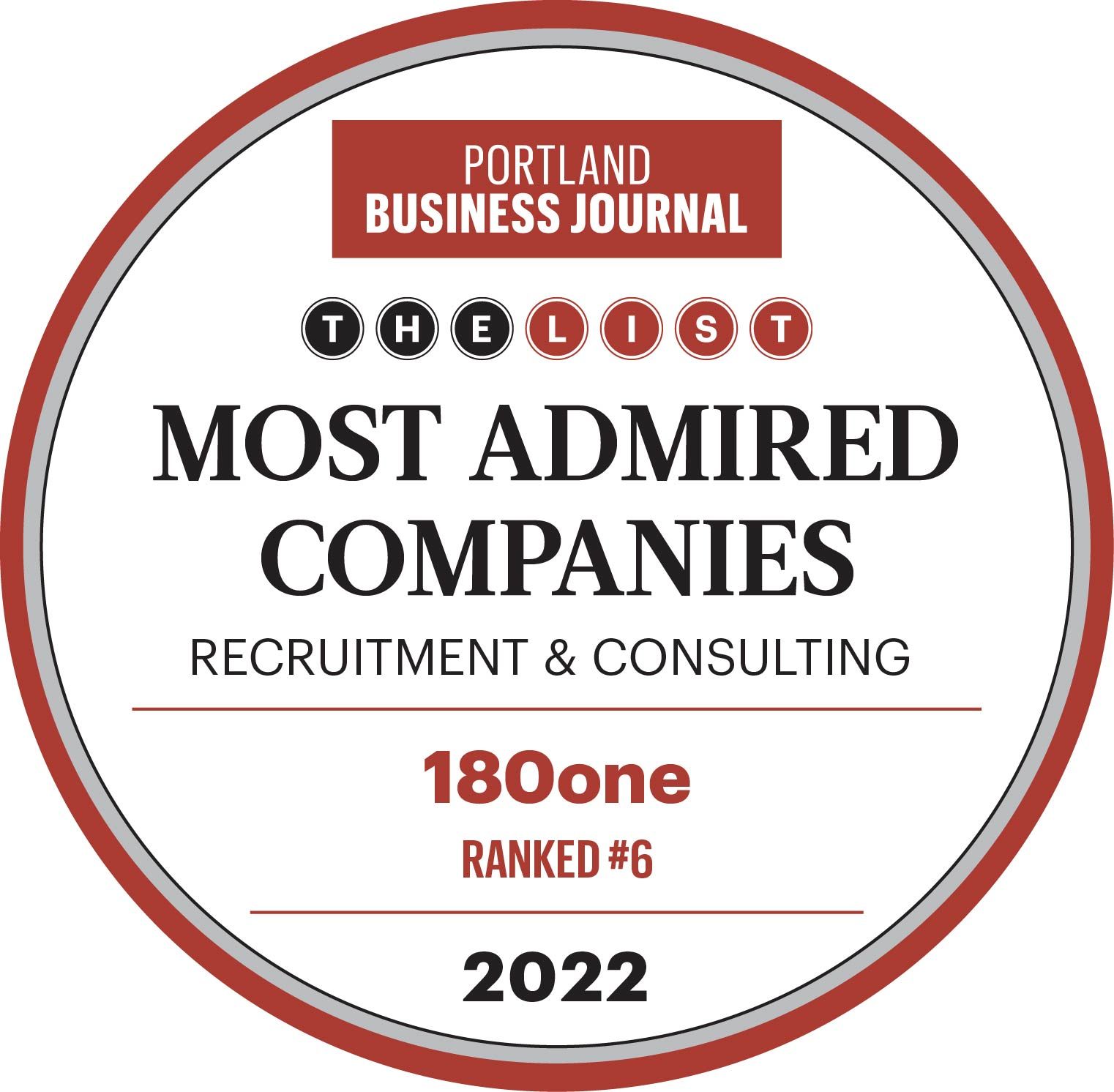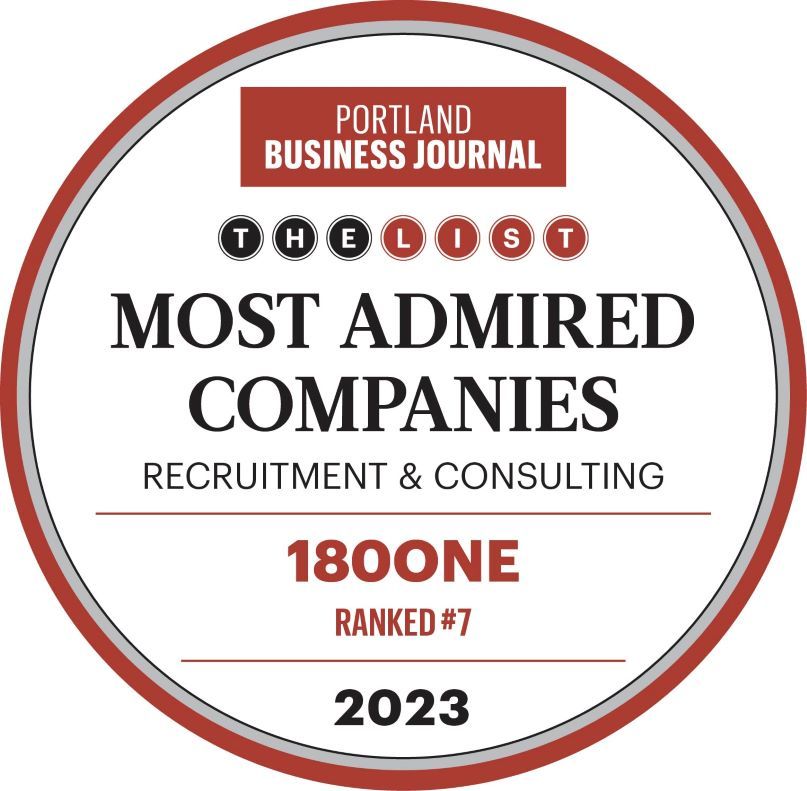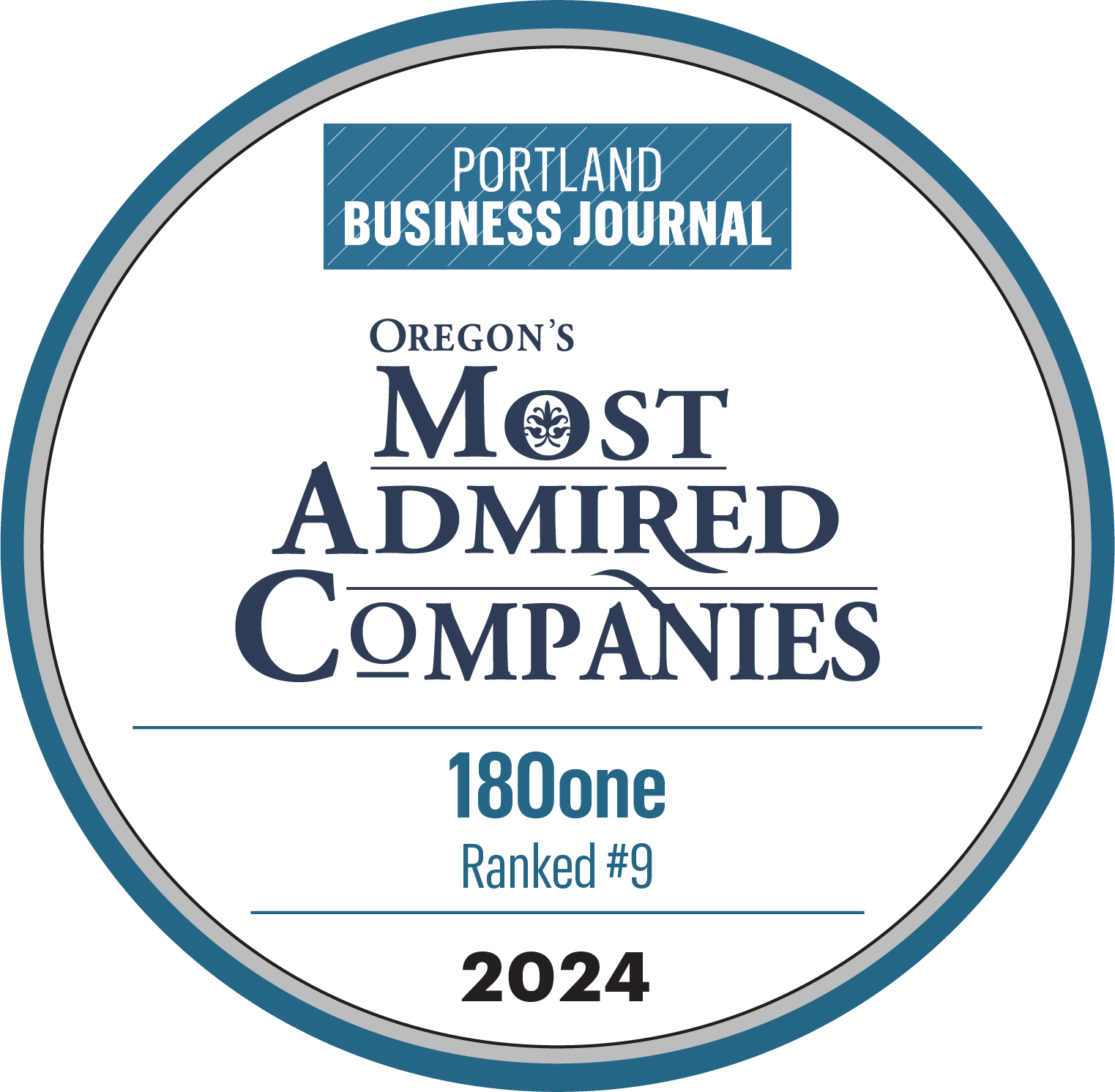By Effie Zimmerman
•
December 11, 2025
Vice President of Operations ABOUT THE COMPANY Founded in 1993 in Portland, Oregon, Pavement Maintenance Inc. (PMI) specializes in sealcoating, striping, pavement and concrete repair, and parking lot sweeping for leading property managers and facility owners throughout the region with its dedicated team of 100 employees. The company serves a diverse customer base across commercial, industrial, multifamily, retail, and healthcare properties, focused on recurring maintenance work and long-term customer relationships. With PMI’s acquisition of Vancouver Paving, its service offering expanded into all phases of paving, from minor repairs to new construction. In 2025, PMI joined Trinity Hunt Partners’ newly created paving services platform company Sage Surface Partners (“Sage”). Sage will be represented in the market with other best-in-class commercial paving services companies that share a strong commitment to quality, service, and their people. THE ROLE Reporting directly to the President of PMI, the Vice President (VP) of Operations will be a key member of the executive team, responsible for transforming and scaling the operational foundation of a small but growing pavement maintenance and repair company. This leader will combine strategic thinking with a hands-on, roll-up-your-sleeves approach to build systems, processes, and teams capable of supporting organizational growth. The VP of Operations will oversee field operations, project management, quality, safety, fleet/equipment, scheduling/dispatch, and customer satisfaction, driving operational discipline while preserving the agile, service-driven culture that has led to their market-leading position. RESPONSIBILITIES Operational Leadership & Scaling Build and mature operational infrastructure, including SOPs, workflows, and performance metrics, to support PMI growth targets. Provide day-to-day leadership of field and operations teams, ensuring high-quality and efficient delivery of our suite of pavement maintenance and paving services. Develop and implement initiatives such as business process modernization, cost optimization, and expansion readiness. People Leadership & Culture Development Model strong leadership behaviors, including clear communication, follow-through, integrity, and a commitment to developing others. Mentor and coach field leadership teams, helping them grow in decision-making, planning, and leadership capability. Promote a culture of ownership and engagement by empowering team members, recognizing strong performance, and fostering constructive problem-solving. Lead through change, helping employees understand the ‘why’ behind new systems, expectations, and processes that will support company growth. Project & Production Management Oversee scheduling, dispatching, crew planning, and resource allocation to ensure projects are delivered on time, within budget, and to quality standards. Introduce or refine project management tools and job costing practices to improve visibility and accuracy of operational performance. Identify bottlenecks and implement solutions that drive productivity and increase capacity. Safety, Compliance & Risk Management Strengthen the company’s safety culture through training, compliance monitoring, and the consistent application of best practices. Ensure adherence to OSHA, DOT, and other regulatory requirements across field operations. Establish scalable safety programs that can support future growth into additional markets. Fleet, Equipment & Materials Oversight Oversee procurement, maintenance, utilization, and lifecycle management of heavy equipment and materials. Streamline maintenance processes, ensure proper tracking systems are in place, and reduce downtime. Evaluate opportunities for capital investment to support efficiency and capacity improvements. Quality Assurance & Customer Experience Foster a customer-first mindset, ensuring work quality, communication, and responsiveness meet or exceed expectations. Handle escalated issues professionally, preserving customer relationships during a period of company transition and growth. Collaborate closely with sales and estimating teams to align operational delivery with customer commitments. Financial Stewardship & Strategic Execution Develop and manage operational budgets, forecasting production needs, staffing levels, equipment costs, and overtime management. Partner with the President and organizational leaders on reporting, KPI tracking, and operational improvement priorities. Provide insights and recommendations to leadership on growth opportunities, market expansion, and operational investments. QUALIFICATIONS Bachelor’s degree in Construction Management, Engineering, Business Administration, or related field preferred; equivalent experience considered. 7–10+ years of progressive leadership experience in construction or related service industries, or pavement maintenance operations. Experience working in a small-business environment, preferably during a phase of ownership transition or private-equity involvement. Strong background in building processes, implementing systems, and driving organizational maturity. Excellent leadership and communication skills, with the ability to motivate teams through change and rapid growth. Demonstrated expertise in scheduling, job costing, production management, and safety. Ability to be both strategic and hands-on—comfortable working in the field, in the office, and with investors. Interested in Learning More? 180one has been retained by PMI to manage this search. If interested in learning more about the opportunity, please contact Nicole Brady at 180one at 503.699.0184 / nicole@180one.com .







